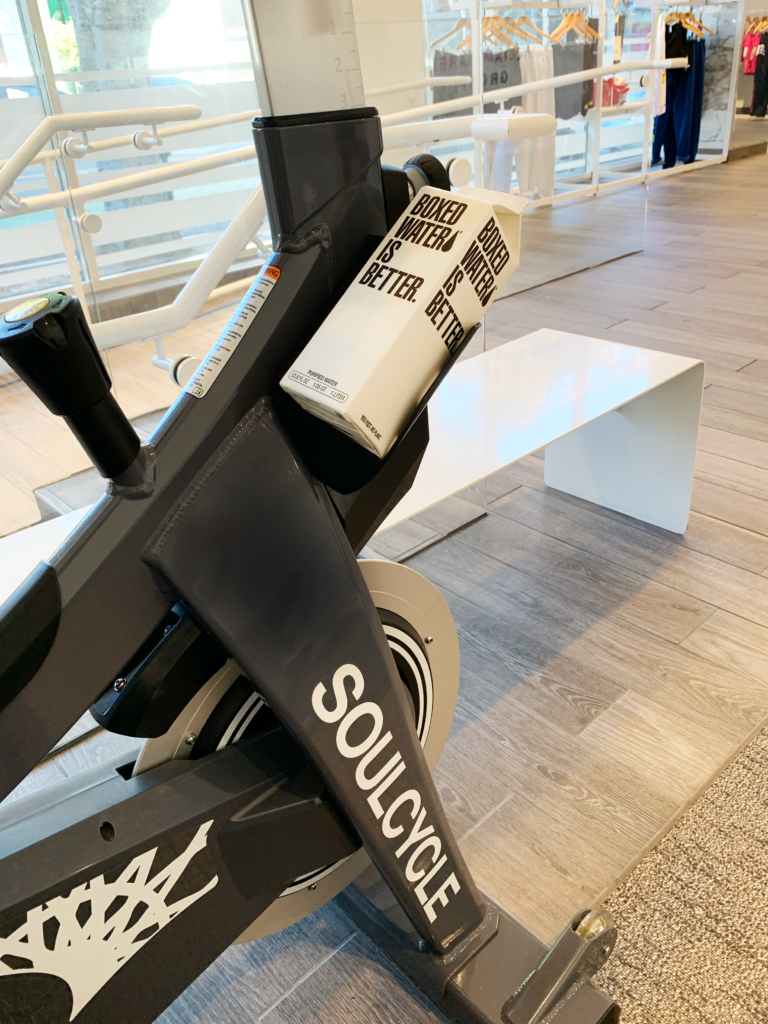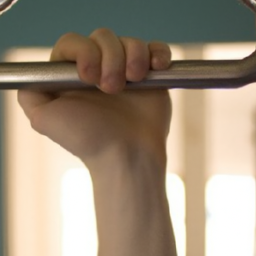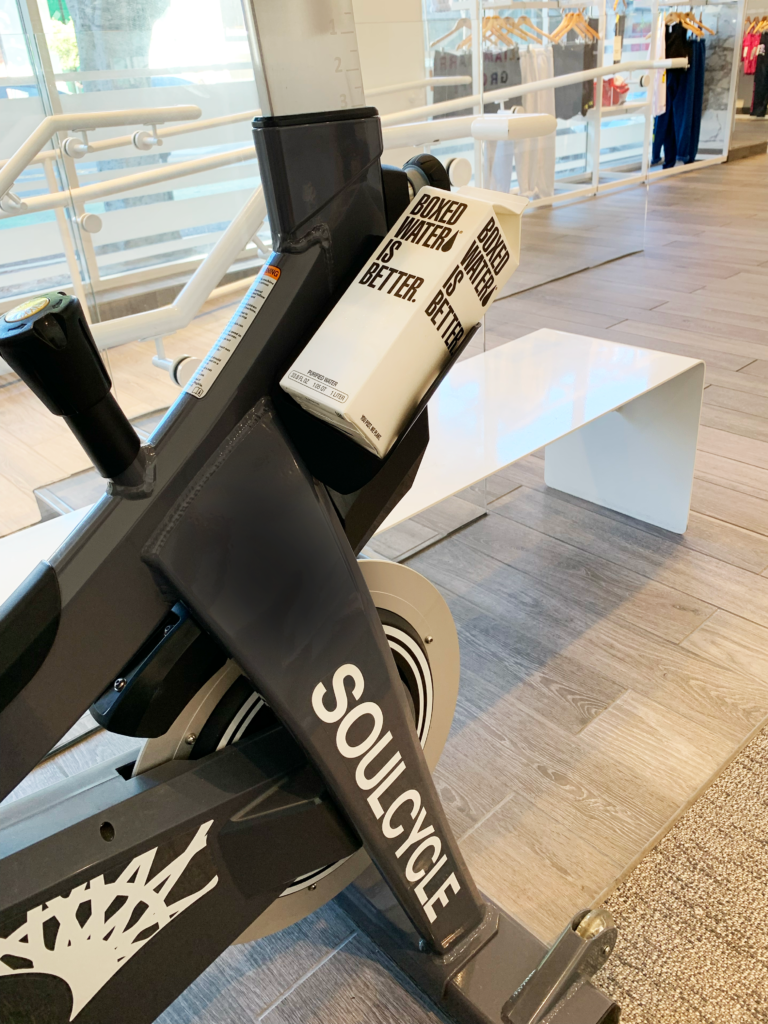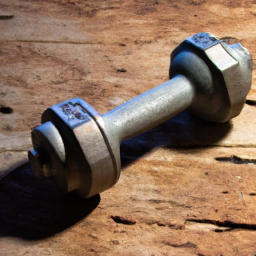In this article, you’ll learn all about the benefits and techniques of a calisthenics workout routine. We’ll explore how you can master bodyweight exercises to improve your strength, flexibility, and overall fitness. Whether you’re a beginner or experienced, we’ll provide tips and guidance to help you get started or take your workout to the next level. Stay tuned to discover an array of dynamic and engaging exercises you can easily incorporate into your fitness routine.

Benefits of Calisthenics Workout Routine
Calisthenics Workout Routine offers numerous benefits that can greatly improve your overall strength and fitness levels. Whether you’re a beginner or a seasoned athlete, incorporating bodyweight exercises into your fitness routine can provide significant advantages. Let’s explore some of the key benefits of calisthenics:
1. Improves overall strength and fitness levels
One of the primary benefits of a calisthenics workout routine is its ability to enhance your strength and fitness levels. By performing exercises that engage multiple muscle groups simultaneously, such as push-ups and squats, calisthenics helps you strengthen your entire body. With consistent practice, you’ll notice improvements in your muscular strength, endurance, and overall physical fitness.
2. Requires little to no equipment
Another advantage of calisthenics is that it requires minimal to no equipment. You don’t need expensive gym memberships or sophisticated machines to get started. All you need is your body and a small space to perform the exercises. This makes calisthenics a convenient option for those who prefer working out from the comfort of their homes or don’t have access to a gym.
3. Enhances flexibility and mobility
Calisthenics exercises often incorporate stretching and full range of motion movements, which help improve flexibility and mobility. By regularly performing exercises like lunges and planks, you’ll notice increased joint mobility and overall flexibility. This not only improves athletic performance but also reduces the risk of injuries.
4. Aids in weight loss and fat burning
If you’re looking to lose weight and burn fat, calisthenics can be an effective tool. The combination of strength, cardio, and full-body exercises in calisthenics routines helps elevate your heart rate and increase calorie expenditure. Regular calisthenics workouts, coupled with a balanced diet, can help you achieve your weight loss goals and maintain a healthy body composition.
Getting Started with Calisthenics
Now that you understand the benefits of calisthenics, let’s explore how you can get started with a calisthenics workout routine:
1. Setting realistic goals
Before you begin your calisthenics journey, it’s crucial to set realistic goals. Whether you aim to increase your strength, improve your physique, or enhance your overall fitness levels, having clear goals will help you stay focused and motivated throughout your journey.
2. Warming up and stretching
Just like any other workout routine, warming up and stretching are essential before starting calisthenics exercises. A proper warm-up routine prepares your muscles for the upcoming workout and reduces the risk of injury. Dynamic stretches, such as arm circles and leg swings, are ideal for warming up before calisthenics.
3. Starting with basic exercises
If you’re new to calisthenics, it’s essential to start with basic exercises that focus on building strength and proper form. Push-ups, squats, lunges, and planks are excellent exercises to begin with. Mastering the basics will provide a solid foundation for more advanced movements later on.
4. Progression and variation
As you become more comfortable with the basic exercises, it’s important to incorporate progression and variation into your routine. This can be achieved by increasing the intensity, adjusting angles, or trying new variations of the exercises. Progression and variation challenge your muscles and prevent plateauing.
Essential Bodyweight Exercises
To build a strong foundation in calisthenics, it’s important to practice essential bodyweight exercises. Here are some of the key exercises that should be included in your training routine:
Push-ups
Push-ups are a classic calisthenics exercise that targets the chest, triceps, and shoulders. Start with a modified push-up on your knees, and as you progress, aim for full push-ups with proper form.
Squats
Squats are a compound exercise that targets the lower body, including the quadriceps, hamstrings, and glutes. Begin with bodyweight squats, and as you gain strength, you can progress to pistol squats or even weighted squats.
Plank
The plank is a core-strengthening exercise that targets the abs, back, and shoulders. Start with a basic plank, maintaining a straight line from your head to your heels. Gradually increase the duration as you build core strength.
Lunges
Lunges are excellent for targeting the legs and glutes. Step forward with one leg and lower your body until both knees are bent at a 90-degree angle. Alternate legs in each repetition to work both sides equally.
Burpees
Burpees are a full-body exercise that combines strength and cardio. Begin in a standing position, then squat down, kick your feet back into a plank position, perform a push-up, jump your feet back in towards your hands, and finally, jump explosively into the air.
Intermediate Calisthenics Exercises
Once you’ve mastered the essential bodyweight exercises, you can progress to more challenging intermediate exercises. These exercises require a higher level of strength and coordination:
Pull-ups
Pull-ups primarily target the back and arms. Start with assisted pull-ups using a resistance band or a chair. As you become stronger, progress to unassisted pull-ups by using a pull-up bar.
Dips
Dips target the triceps, chest, and shoulders. You can perform dips using parallel bars or even two sturdy chairs placed shoulder-width apart. The goal is to lower your body until your elbows are bent at a 90-degree angle and then push upwards to return to the starting position.
Pistol squats
Also known as single-leg squats, pistol squats are an advanced lower body exercise that focuses on unilateral leg strength. Begin by using a support or a bench for balance, and gradually work towards performing pistol squats without assistance.
Handstand push-ups
Handstand push-ups target the shoulders, triceps, and upper back. Start against a wall with your hands shoulder-width apart and gradually lower your body until your head touches the ground, then push back up to the starting position.
Muscle-ups
Muscle-ups are a demanding exercise that combines a pull-up and a dip in one fluid movement. This exercise requires both upper body strength and coordination. Progressing to muscle-ups takes time and practice.
Creating a Calisthenics Workout Routine
Designing a balanced calisthenics workout routine is essential to achieving your fitness goals. Here are some tips to help you create an effective routine:
1. Designing a balanced routine
A balanced routine includes exercises that target different muscle groups and movement patterns. Incorporate exercises for the upper body, lower body, core, and cardiovascular fitness. Aim for a well-rounded routine that encompasses strength, endurance, and flexibility.
2. Incorporating strength and cardio exercises
Combine strength exercises like push-ups and squats with cardio exercises like burpees and high knees. This combination will not only improve your overall fitness but also help burn calories and promote weight loss.
3. Determining sets, reps, and rest periods
The number of sets and reps you perform will depend on your fitness level and goals. Beginners can start with 2-3 sets of 10-12 reps per exercise, while more advanced individuals can aim for higher reps and sets. Rest for 30-60 seconds between sets to allow for recovery.
4. Tracking progress and making adjustments
Track your progress by recording your workouts and noting the number of reps, sets, and rest periods. This will help you gauge your improvement and make adjustments to your routine as needed. Gradually increase the difficulty of exercises or add more challenging variations when you feel ready.
Tips for Proper Form and Technique
To maximize the effectiveness of your calisthenics workout and minimize the risk of injury, it’s important to focus on proper form and technique. Here are some tips to help you maintain proper form:
Maintaining a neutral spine
Keep your spine aligned and avoid rounding or arching your back during exercises. A neutral spine helps distribute the load evenly and reduces the strain on your back.
Engaging the correct muscles
Consciously engage the muscles you’re targeting during each exercise. For example, during push-ups, focus on activating your chest, triceps, and core. Mind-muscle connection is essential for getting the most out of calisthenics exercises.
Breathing properly during exercises
Remember to breathe throughout the exercises. Inhale during the eccentric phase (lowering or lengthening of the muscle) and exhale during the concentric phase (contraction or shortening of the muscle). Proper breathing supports your movements and helps maintain core stability.
Avoiding common mistakes
Be mindful of common mistakes such as flaring your elbows during push-ups or letting your knees collapse inward during squats. These mistakes can lead to inefficient movement patterns and potential injury. Focus on maintaining proper alignment and movement throughout each exercise.
Overcoming Plateaus and Challenges
As you progress in your calisthenics journey, you may encounter plateaus or challenges. Here are some strategies to overcome them:
Increasing intensity and difficulty
If you start feeling like your current routine is no longer challenging enough, it’s time to increase the intensity. Add resistance, incorporate advanced variations, or increase the number of sets and reps.
Incorporating advanced exercises
Challenge yourself by incorporating more advanced exercises into your routine. Exercises like one-arm push-ups, strict muscle-ups, or advanced variations of pistol squats will not only test your strength but also keep your workouts exciting and engaging.
Trying new training methods
Periodically trying new training methods can help break through plateaus and keep you motivated. Experiment with different training protocols, such as high-intensity interval training (HIIT) or circuit training, to shock your body and stimulate further progress.
Addressing muscle imbalances
Identify any muscle imbalances you may have and work on correcting them. Strengthening weaker muscle groups and improving overall balance will not only improve your performance but also reduce the risk of injuries.
Safety and Injury Prevention
Safety should always be a top priority when practicing calisthenics. Here are some essential safety tips to keep in mind:
Listening to your body’s limits
Pay attention to your body and understand its limits. Pushing yourself too hard or ignoring pain can lead to injuries. If you experience any discomfort or unusual pain, take a break and consult a healthcare professional if necessary.
Proper warm-up and cooldown
Always warm up before starting your calisthenics workout to prepare your muscles for physical activity. Similarly, include a cooldown routine to help your body recover and reduce the risk of post-workout muscle soreness.
Using proper technique and form
Using correct technique and maintaining proper form not only maximizes the effectiveness of the exercises but also prevents injuries. If you’re unsure about proper form, seek guidance from a qualified instructor or refer to reliable resources for guidance.
Gradual progression
Avoid the temptation to progress too quickly. Gradually increase the difficulty and intensity of exercises, allowing your body to adapt and build sufficient strength. Rushing through progressions without adequate preparation can lead to injuries.
Nutrition and Recovery for Calisthenics
Proper nutrition and adequate recovery are crucial components of any calisthenics routine. Here are some key considerations:
Eating a balanced diet
Ensure you’re consuming a balanced diet that includes an adequate amount of protein, carbohydrates, and healthy fats. Protein is particularly important for muscle repair and growth.
Fueling your workouts
Eat a light, balanced meal or snack a few hours before your workout to provide the energy and nutrients needed for optimal performance. Additionally, remember to stay hydrated throughout your workout.
Importance of rest and sleep
Allow your body enough time to recover between workouts. Rest days are essential for muscle repair and growth. Additionally, prioritize getting enough quality sleep as it plays a vital role in recovery and overall health.
Recovery techniques
Incorporate recovery techniques such as foam rolling, stretching, and active rest into your routine. These techniques help improve blood circulation, relieve muscle tension, and reduce the risk of injury.
Conclusion
Calisthenics offers a versatile and effective workout routine that can be mastered through consistent practice. The benefits of calisthenics, including improved strength, flexibility, and weight loss, make it an attractive option for individuals of all fitness levels. By following a well-designed routine, focusing on proper form, and gradually progressing, you can achieve your fitness goals and improve your overall strength and fitness levels. So, grab a space and start mastering bodyweight exercises with a calisthenics workout routine today!




